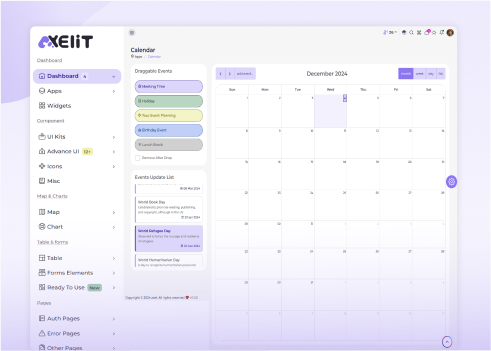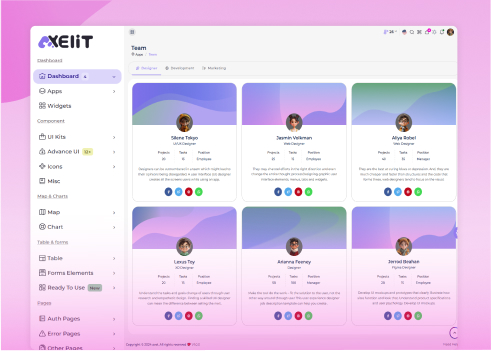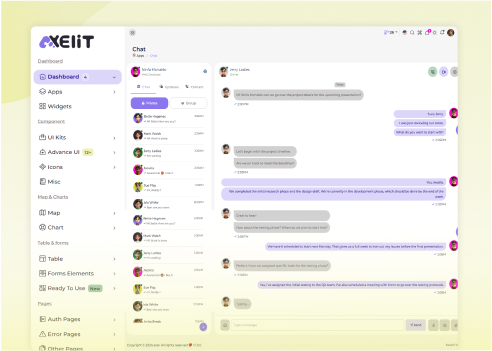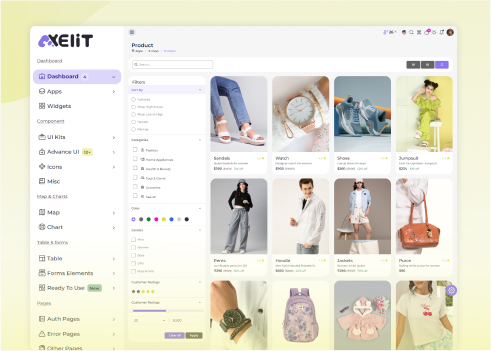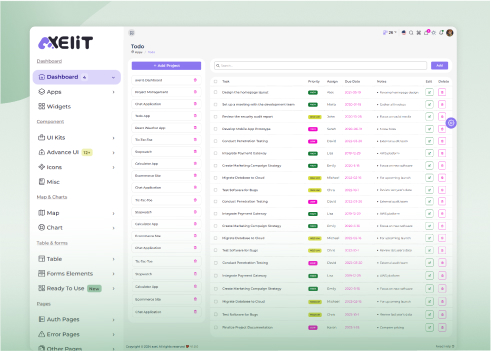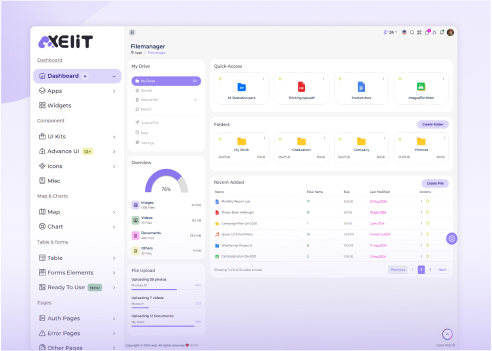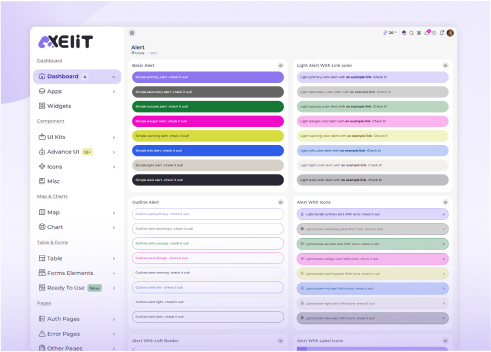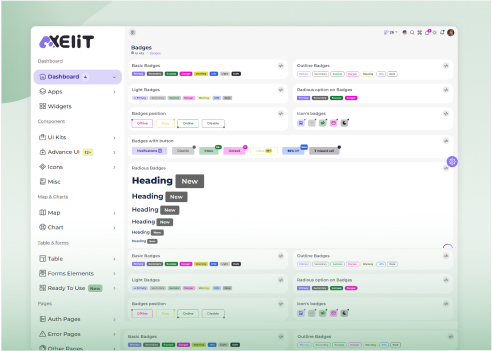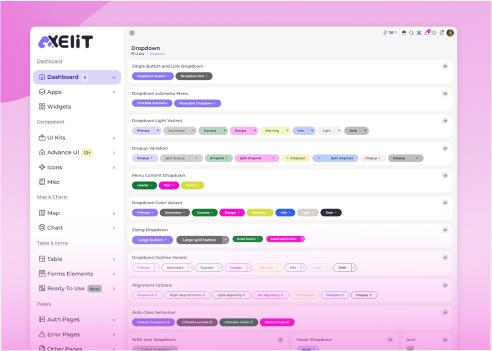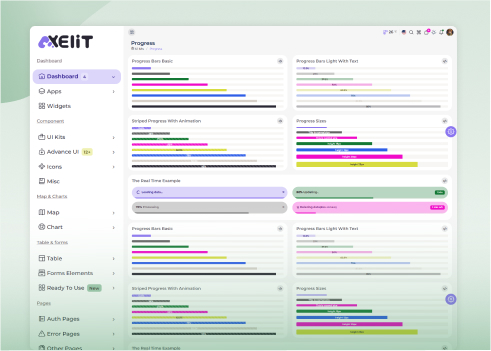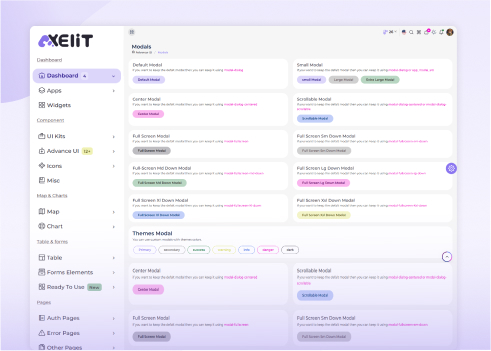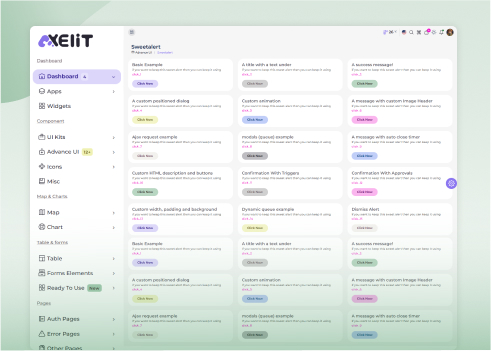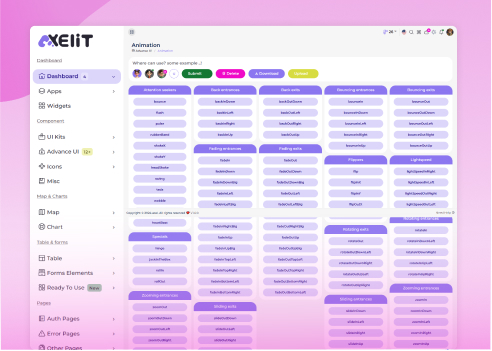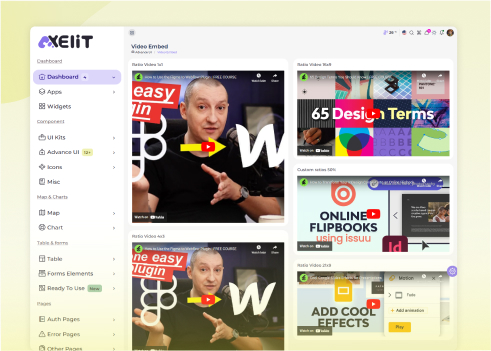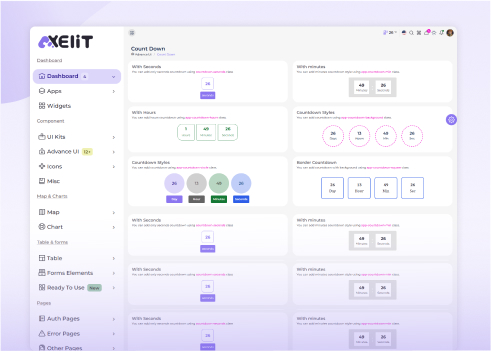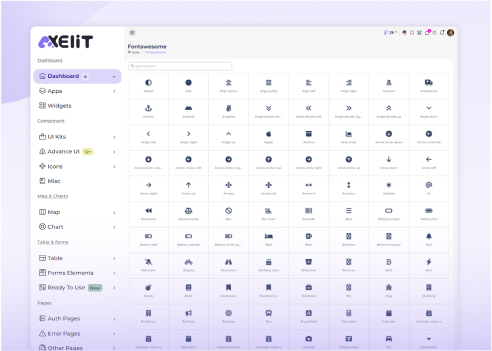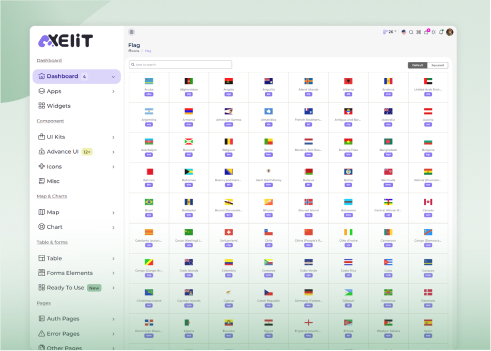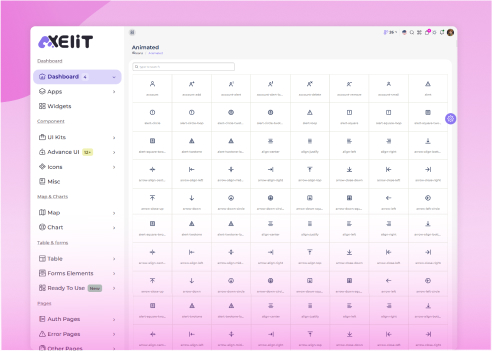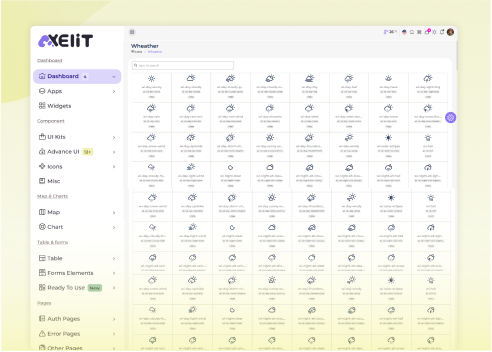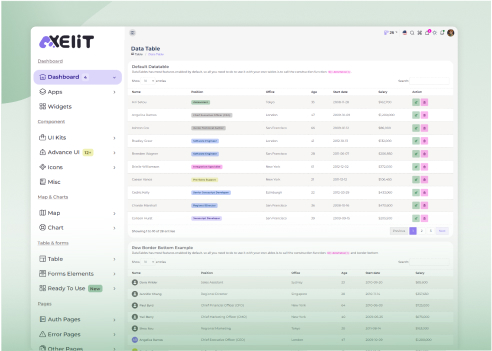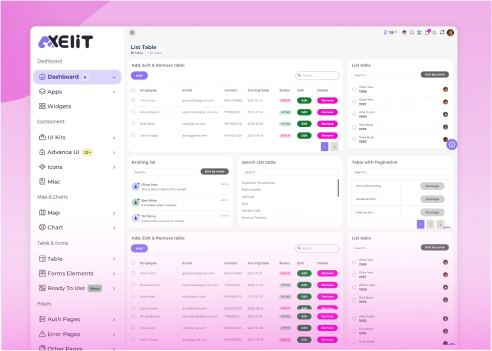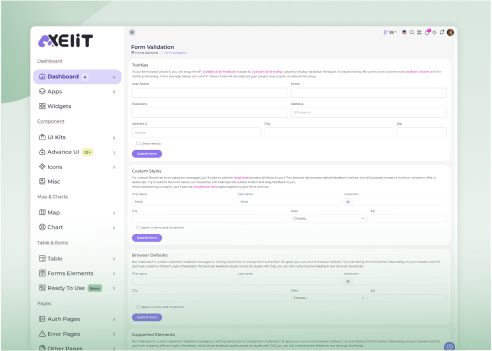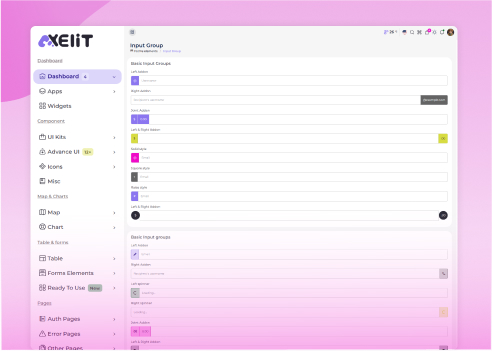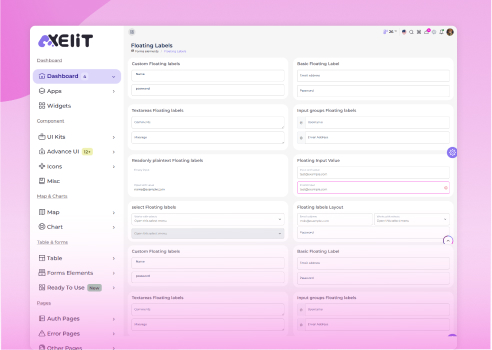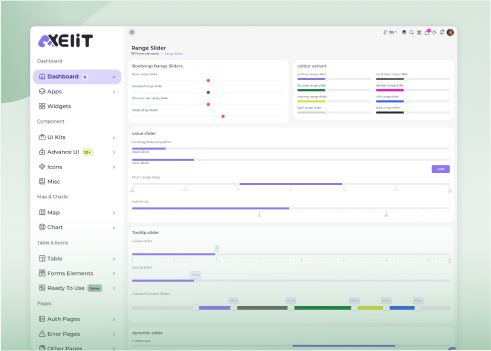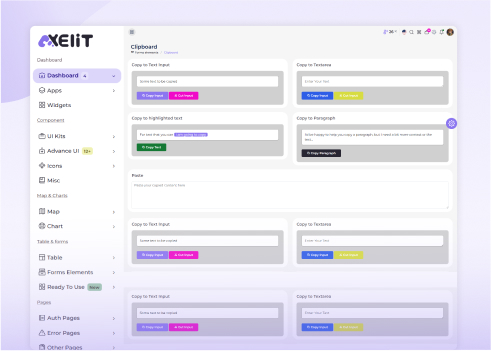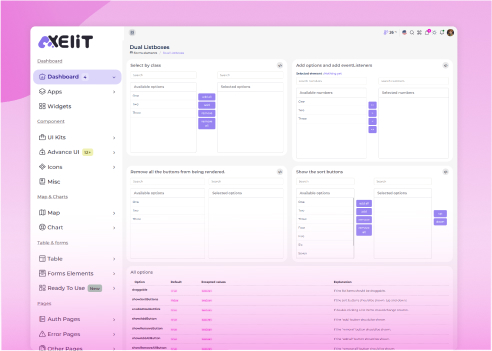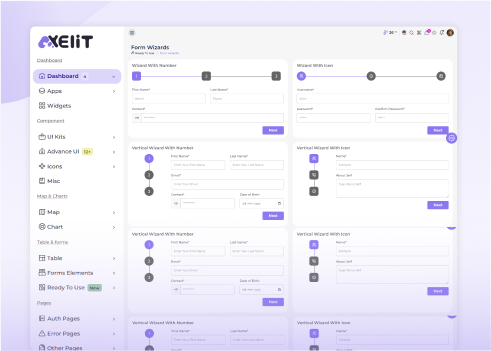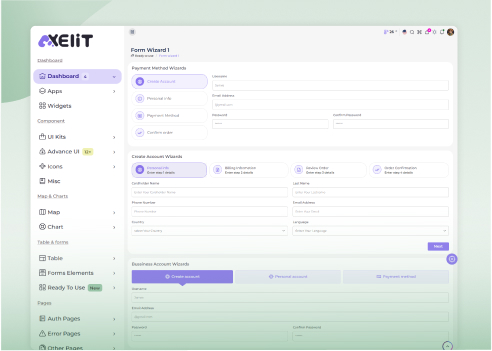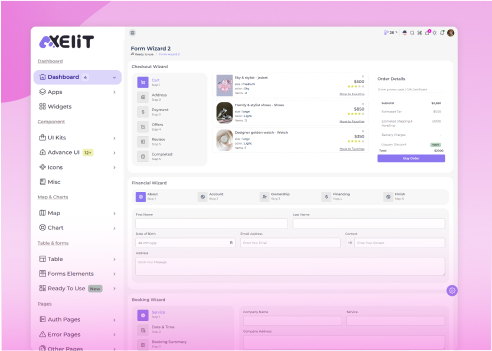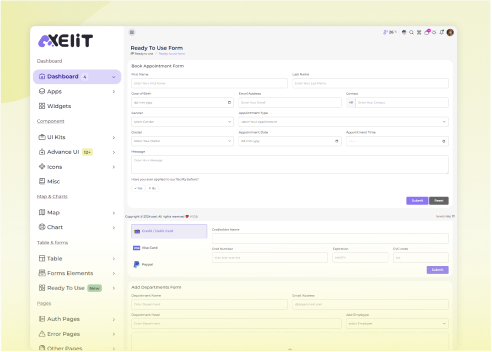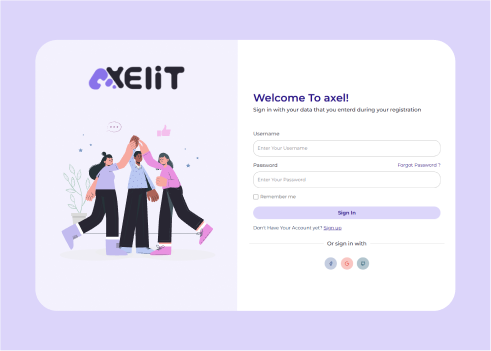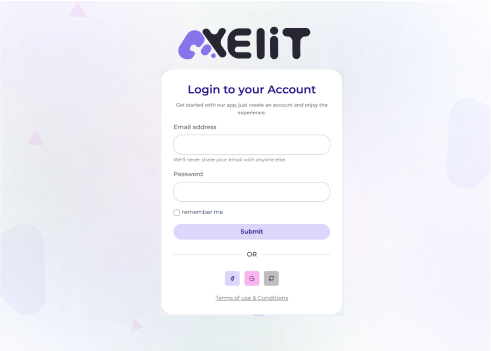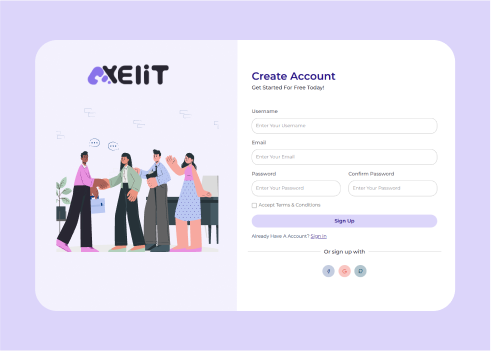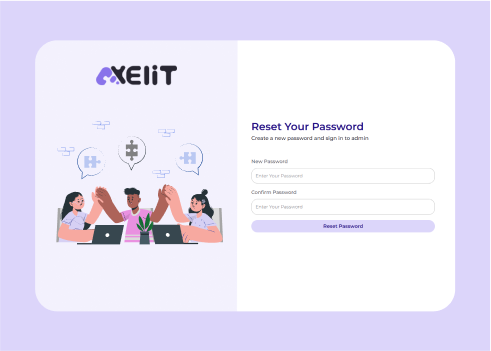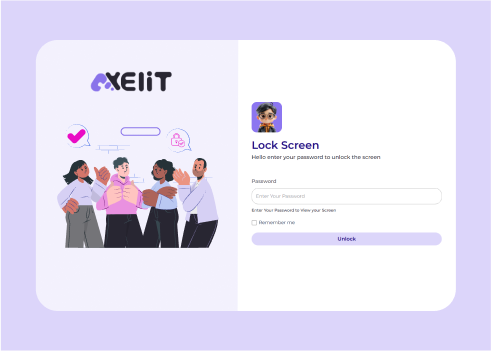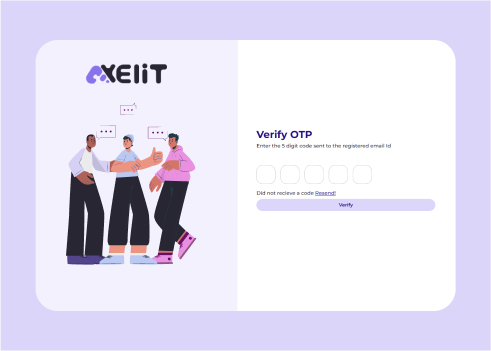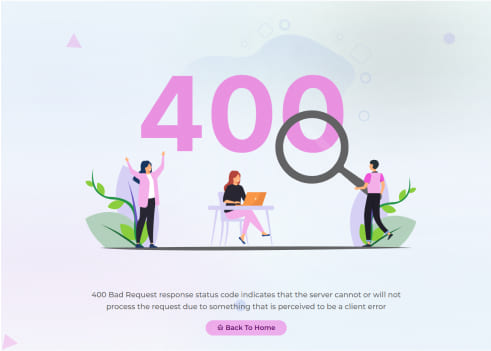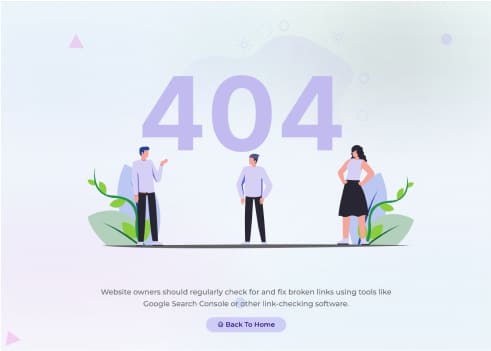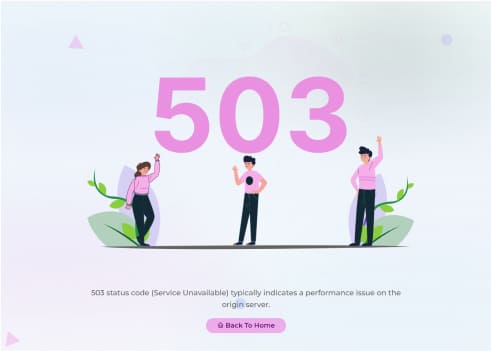Tevyra c'est l'IT
& centralisé

Maîtrisez vos Opérations IT en un seul Endroit
(et bien plus ...!)
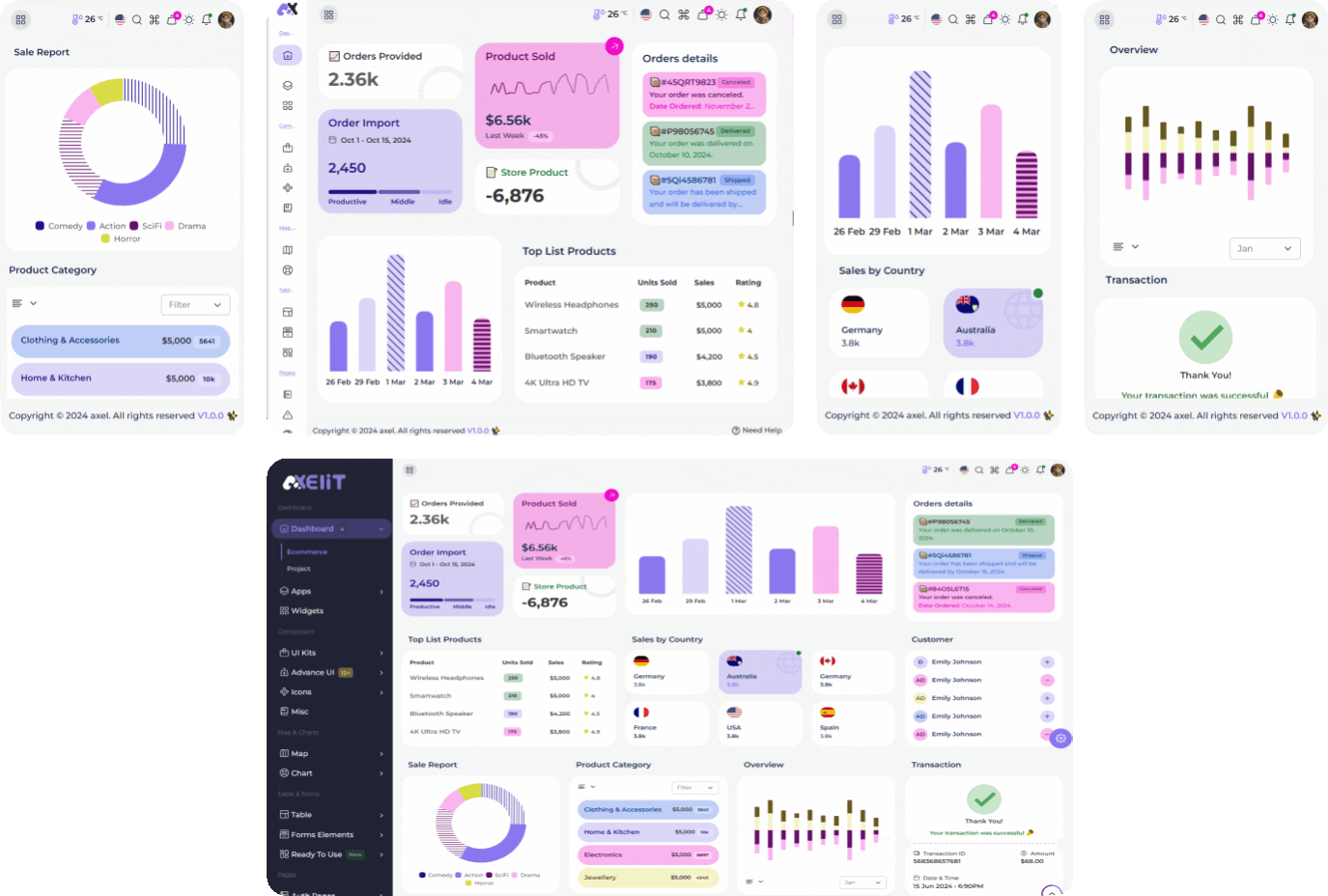
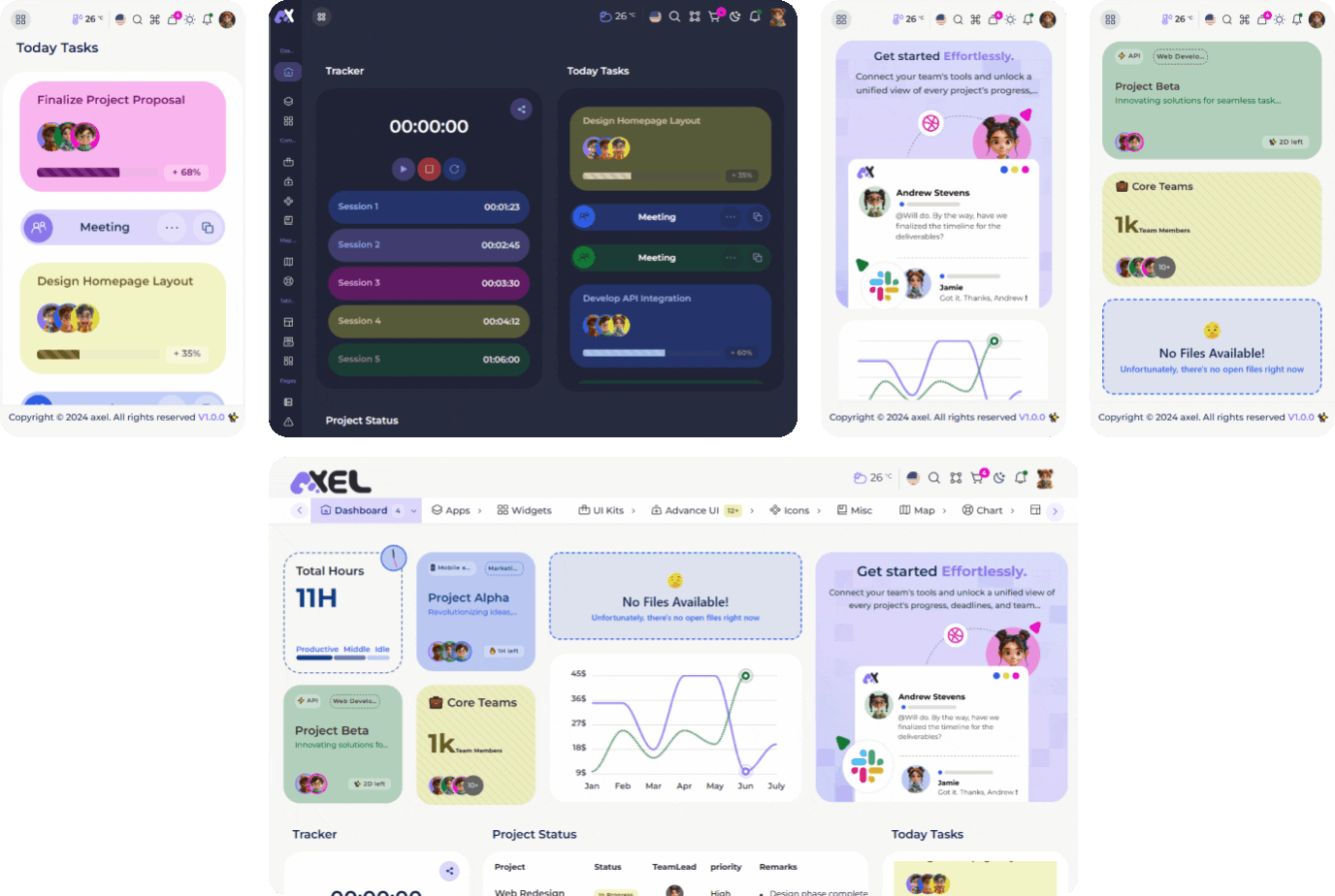
150+ intégrations
Tout vos outils préférés (ou juste utilisés) au même endroit, un gain de temps et une facilité de gestion du quotidien.
Multitenant & MSP Ready
Gérez clients, sites ou environnements isolés avec permissions et ressources dédiées.
View MultitenantUnified Infrastructure
Vue unique sur serveurs, VM, réseau et services, mise à jour en temps réel.
View Unified InfrastructureAutomated Workflows
Standardisez et exécutez toutes vos opérations IT via des workflows fiables..
View Automated WorkflowsSmart Inventory
Inventaire automatisé de vos assets : rôles, versions, statuts, dépendances.
View Smart InventoryNetwork Insights
Supervisez vos équipements réseau : état, versions, performances, alertes.
View Network InsightsCloud & On-Prem Hybrid
Pilotez environnements cloud et locaux dans un espace unique et cohérent.
View Cloud & On-PremProactive Alerts
Recevez des alertes fiables sur seuils, services, incidents ou échecs d’actions.
View Proactive AlertsIncident Timeline
Historique complet des événements, actions et incidents pour une traçabilité claire.
View Incident TimelineConnector Hub
Intégrez Linux, Cisco, VMware, APIs, VoIP, logs et plus depuis un hub central.
View Connector Hub150+ intégrations
Tout vos outils préférés (ou juste utilisés) au même endroit, un gain de temps et une facilité de gestion du quotidien
Intégration Globale
Pourquoi se connecter a 12 interfaces quand Tevyra est là ?
Oui, même sur vos infrastructure OnPrem.
Des questions ?
Bon, on sait bien que vous en avez... Alors nous vous avons déjà préparé les réponses !
Admins are responsible for managing and overseeing the smooth operation of a system, platform, or organization.
Depending on the system, user management can usually be done through the admin dashboard. Look for the "User Management" or "Admin Settings" section, where you can add or remove users and assign roles.
Admins should prioritize security by enforcing strong password policies, implementing two-factor authentication, regularly updating software, and monitoring system logs for any suspicious activities.
Document and follow a systematic approach to troubleshooting. Check error logs, consult documentation, and involve relevant stakeholders if needed.
Subscribe to official newsletters, forums, or mailing lists related to the software or system you're administering. Regularly check the official website for announcements and security patches. Stay informed about the latest industry trends and best practices.
Before upgrading, thoroughly review release notes, test the upgrade in a non-production environment, and ensure compatibility with existing plugins or integrations.
Website design projects can vary depending on their scale and complexity—making it hard to generalize about project timelines. Ideally, a typical website design project should take between 6 and 12 weeks.



